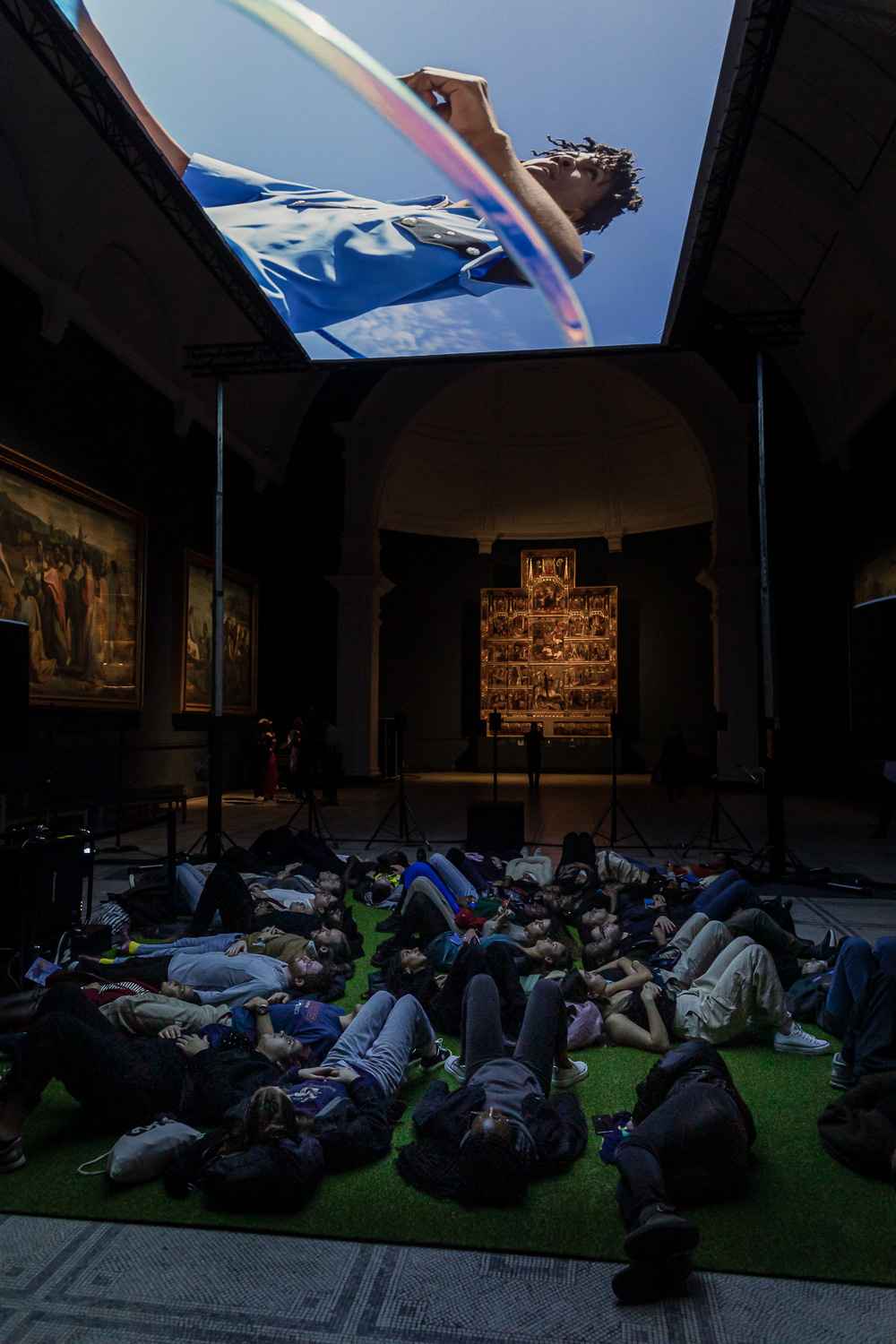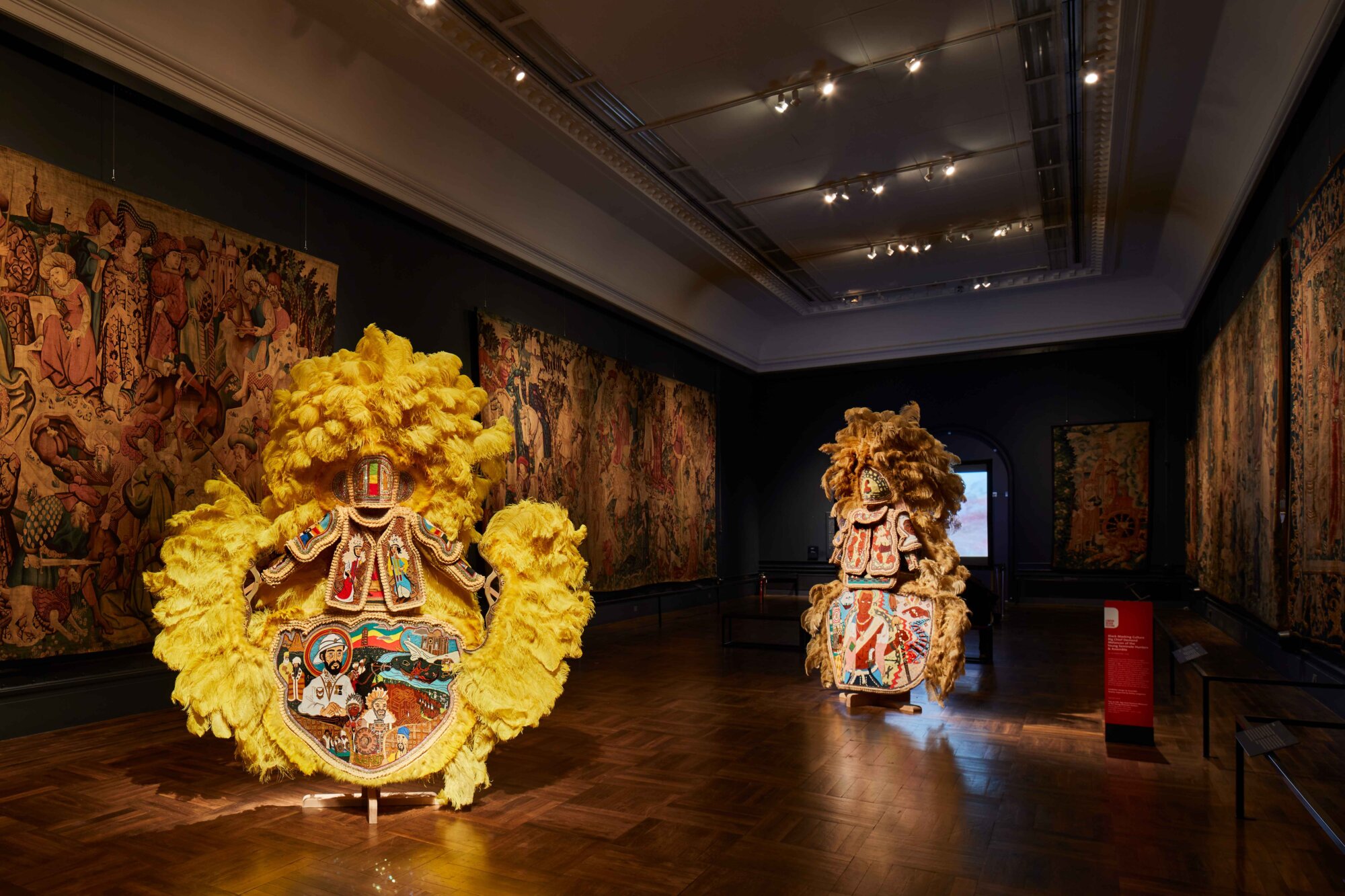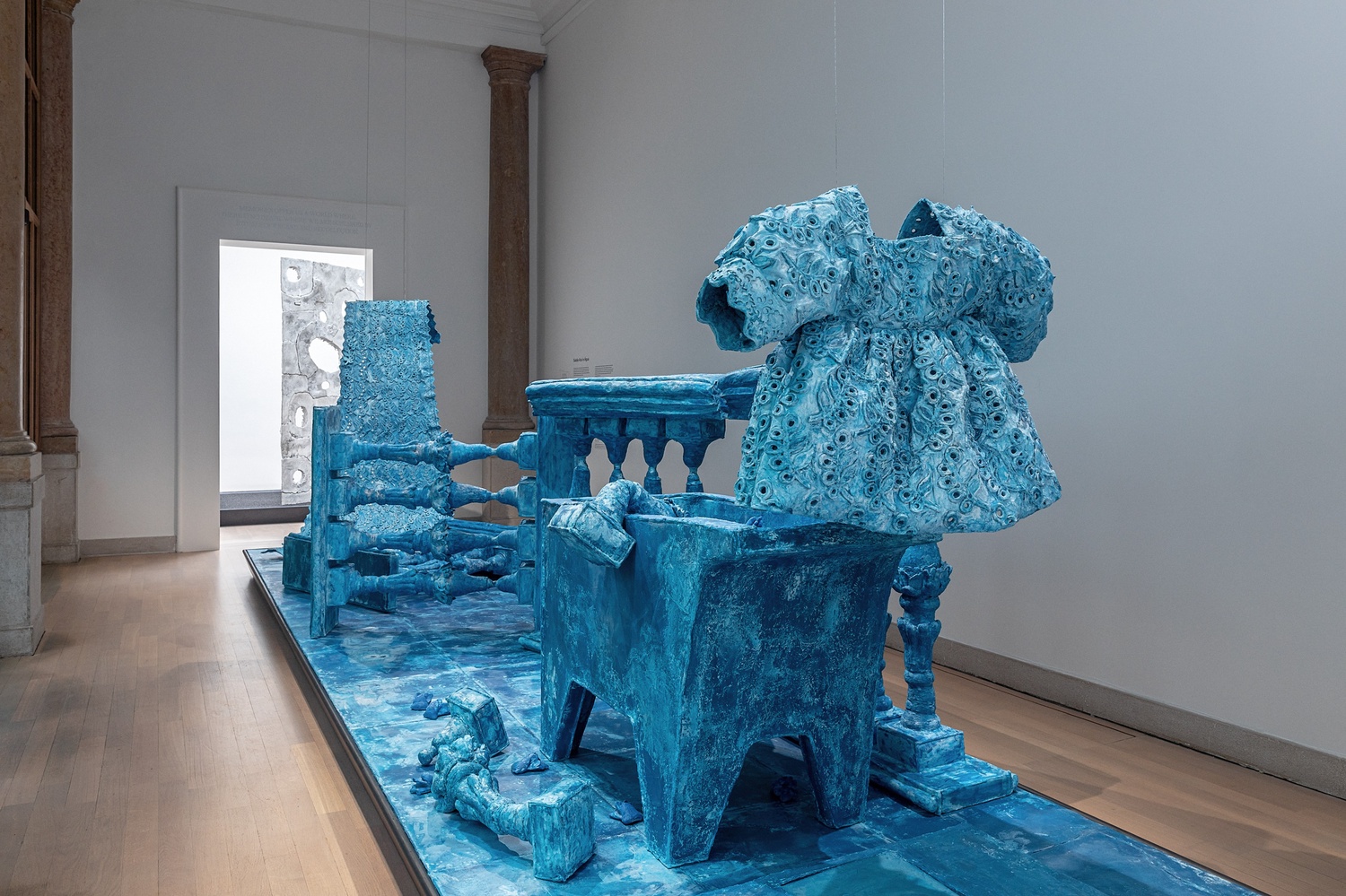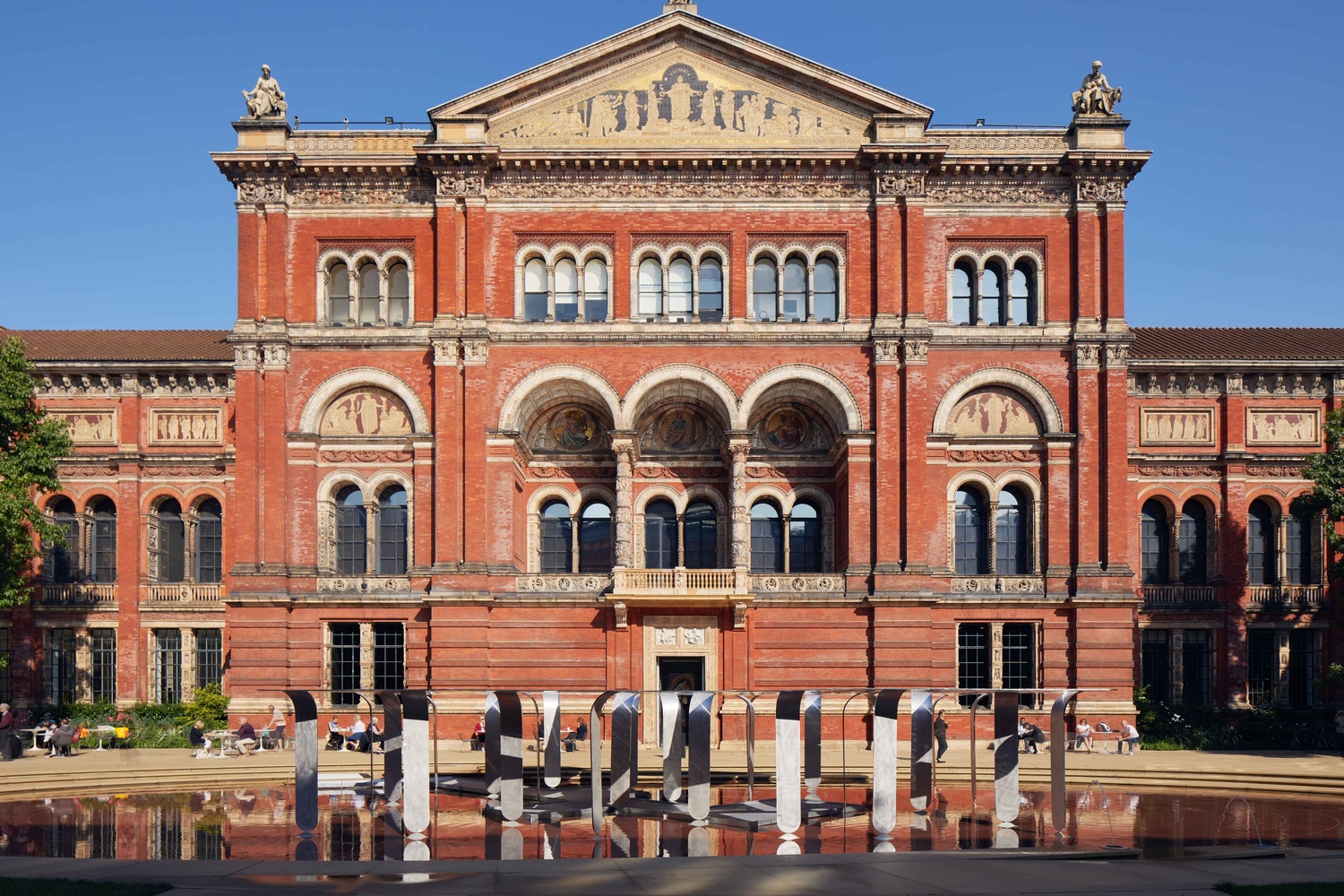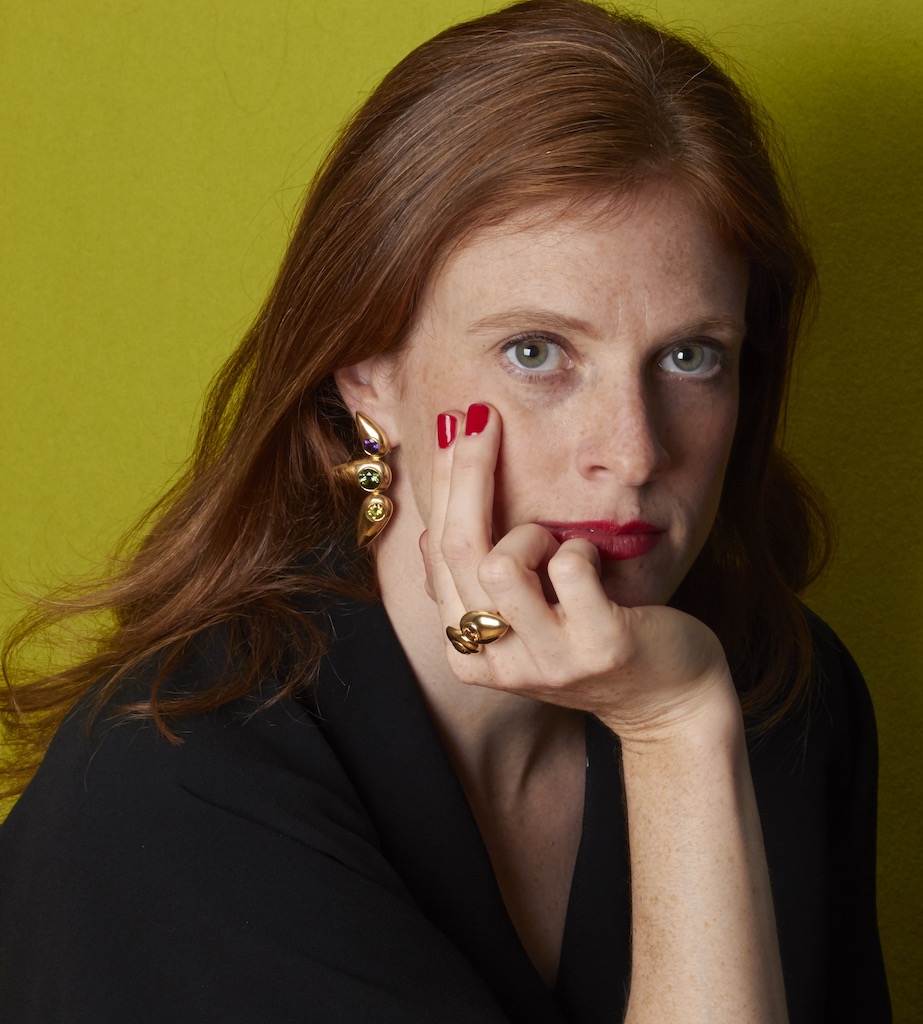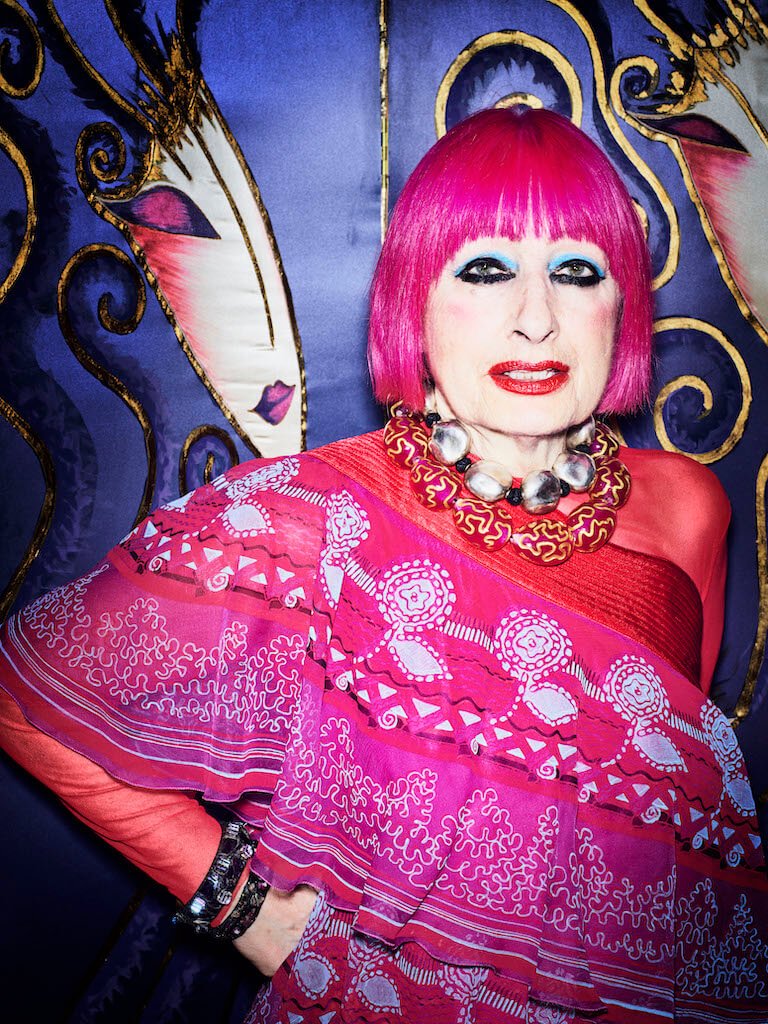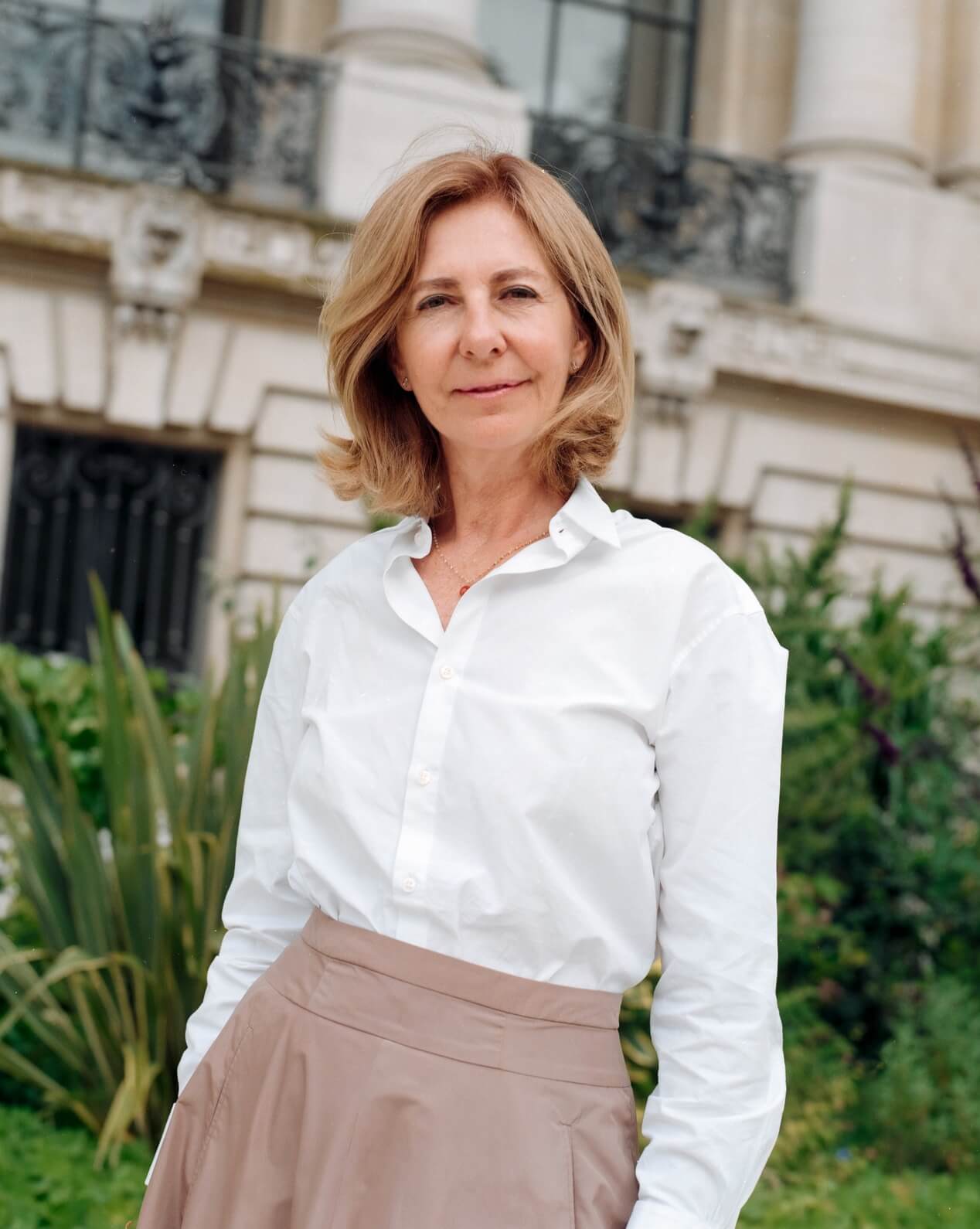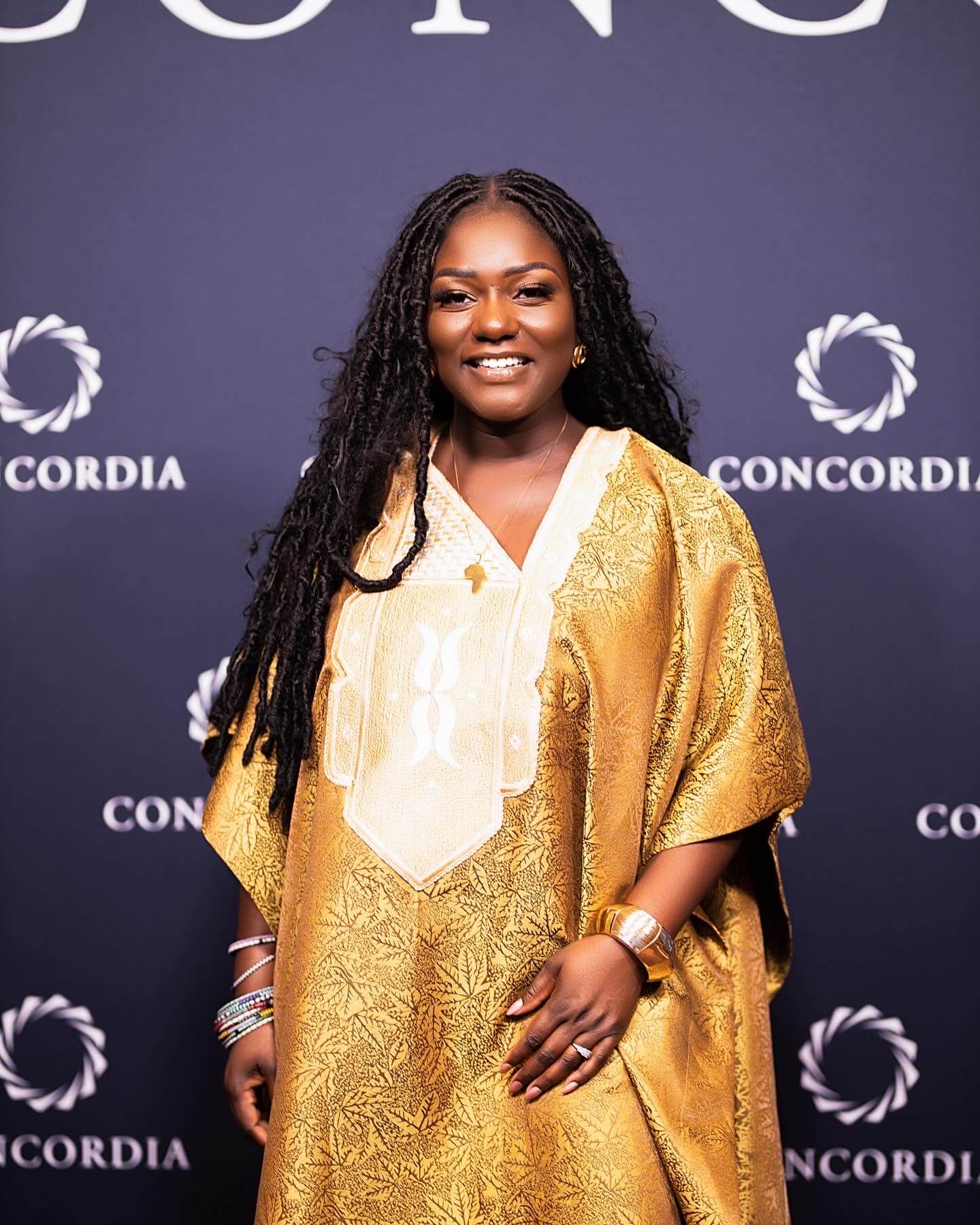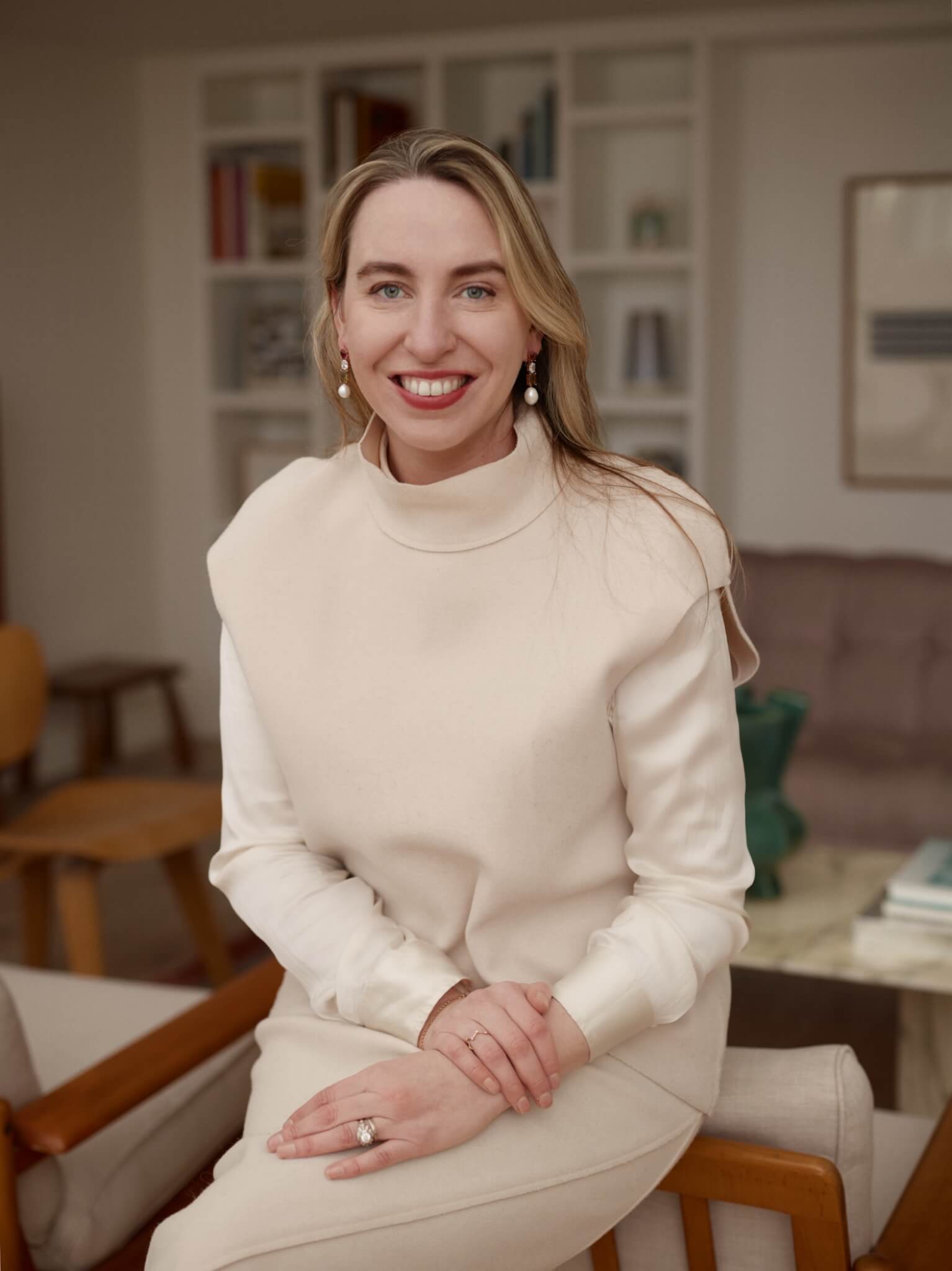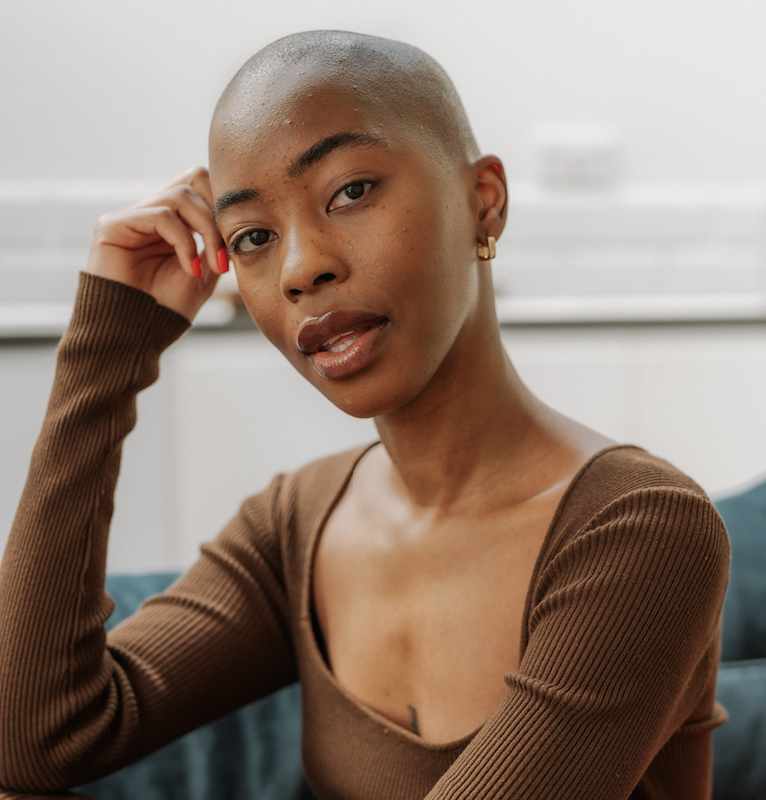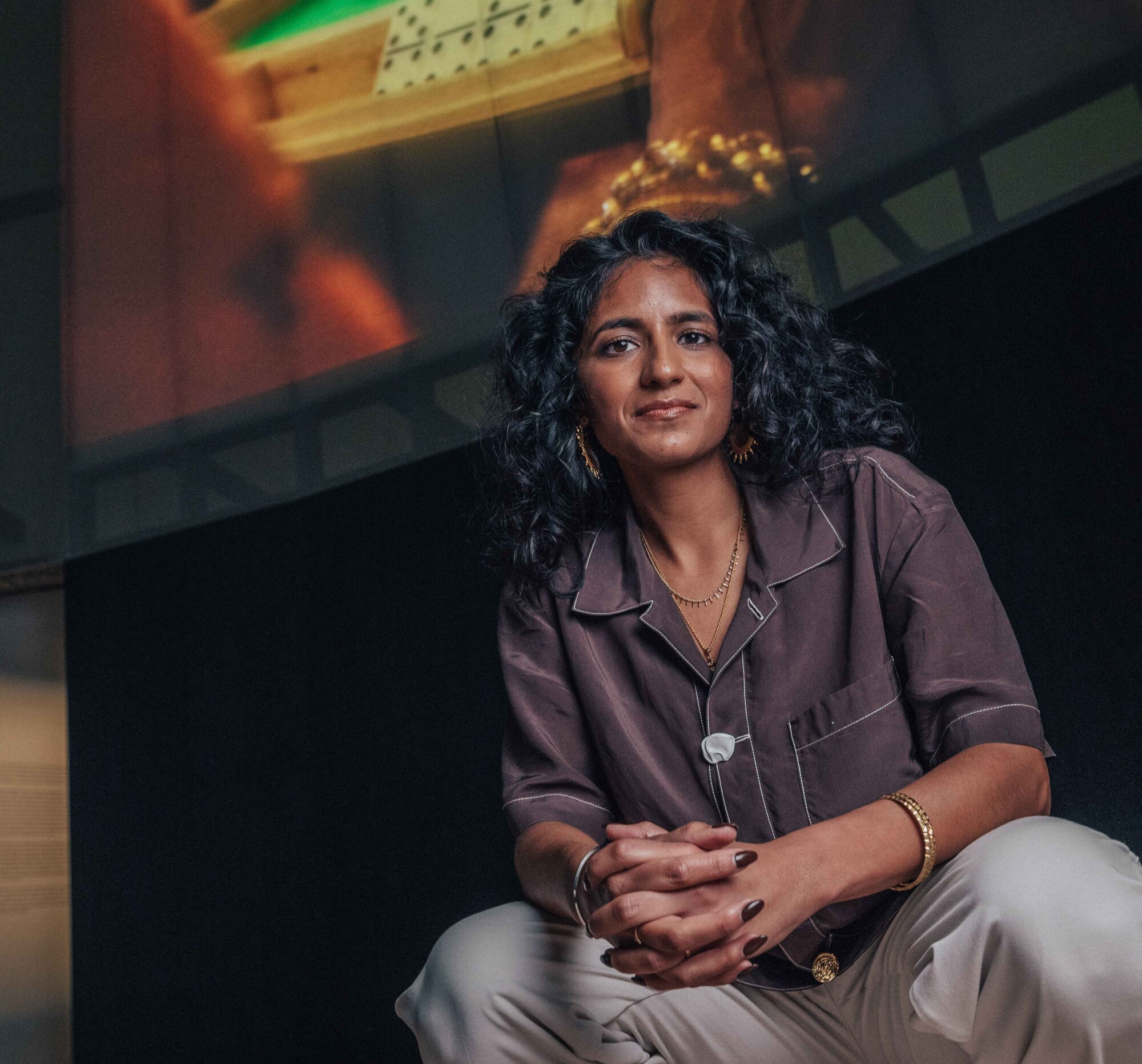

Interview: Senior Curator V&A Meneesha Kellay
Meneesha is also co-curator of the British Pavilion at the International Architecture Exhibition of La Biennale di Venezia 2023 which received a Special Mention Award. Previously she was Public Programmes Curator at the Royal Institute of British Architects (RIBA), led Open House London, and was Assistant Director of the AA Night School at the Architectural Association. Meneesha is a current 2024 Clore Leadership Fellow.
THE WICK: Who is your ultimate Monday Muse and why?
Meneesha Kellay:
Without a doubt Professor Lesley Lokko OBE, her achievements and legacy are vast, yet she defies definition. It was a privilege to be part of her curatorship of the 18th Venice Architecture Biennale, she made a whole generation of black and brown people finally feel seen in architecture.
I have to also give a shout out to my mum, she is the strongest person I know and has an inspirational quality – she loves an adventure and meeting new people. I have a surge of pride when I think of her.
TW: You co-curated the British Pavilion at the Biennale Architettura 2023. How did the themes of identity and community take shape in the exhibition, Dancing Before the Moon?
MK: The exhibition reflected on dialogues representative of modern Britain, how diasporic communities occupy space in the public realm through everyday rituals – from cooking and celebrations, to engaging in games. We wanted visitors to expand their notion of who has agency to shape and make space and present new ways of thinking about architecture and the built environment more broadly.
TW: As someone deeply involved in architecture, is there a particular architectural project or building that has made you stop, think, and rethink your curatorial approach?
MK: I recall being moved by the Centre Pompidou when I first experienced it, an otherworldly encounter of colourful pipes, glass and steel coming from the neat boulevards of the Haussmann plan. I later learned how truly radical it is, the building is swept to one side of the site to allow for a public Piazza, a generous civic gesture that connects the city and the building. In new buildings commissioned today, it’s rare to find a building that foregrounds the public so distinctly. Originally designed by Richard Rogers and Renzo Piano, I’m pleased to see Mexican architect Frida Escobedo in collaboration with Moreau Kusunoki will be working on the 5 year refurbishment of the nearly fifty year old building to ensure it meets modern day environmental, health and energy standards.
TW: What is your favourite Culturally Curious hotspot that always leaves you feeling inspired?
MK: I was born and raised in Southall, west London, it is a predominantly South Asian community, and I’m always surprised and in admiration of the ingenuity of the area. The high streets are buzzing with independent shops selling textiles, jewellery and the grocery stores sell every fruit and vegetable imaginable, it’s a feast for the senses.
“Find out what really motivates you and work with authenticity and integrity, that’s where the most meaningful work comes from.”
Meneesha Kellay
